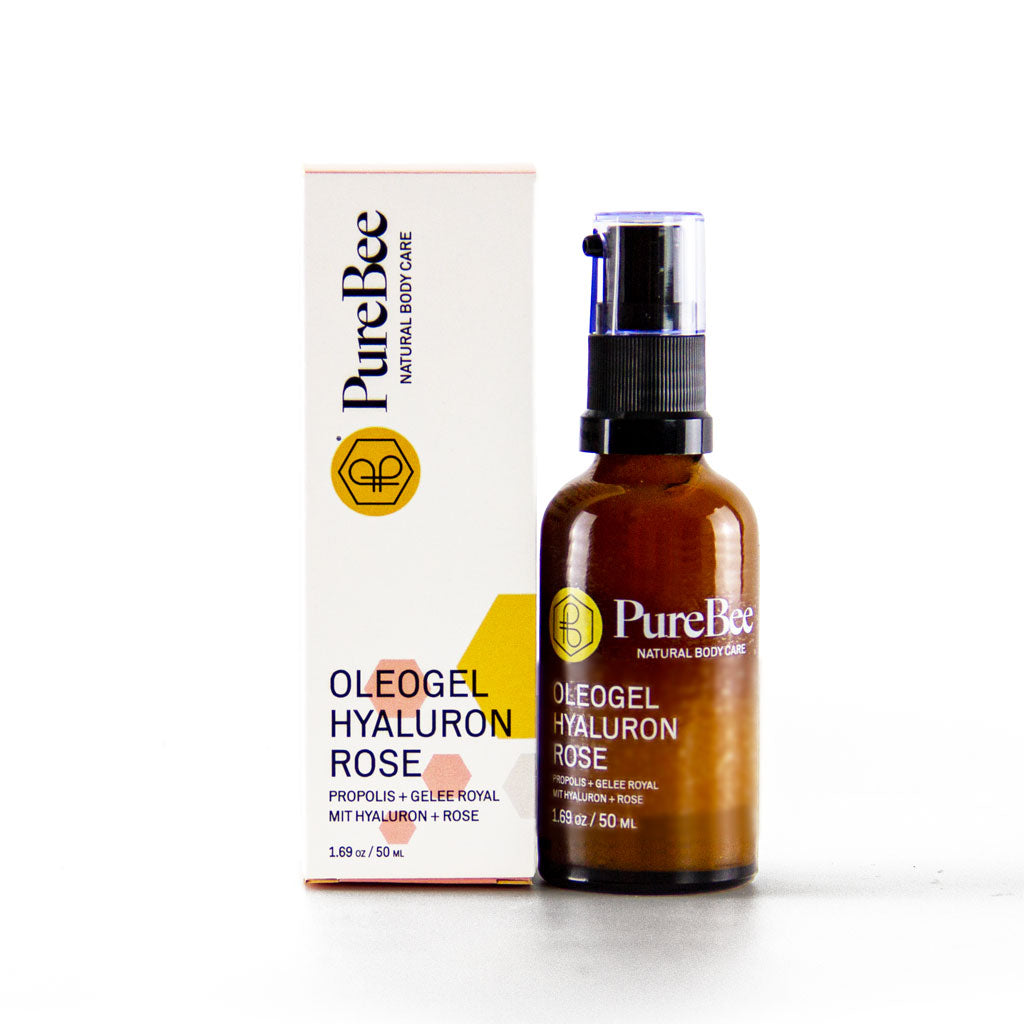This blog post can be summed up in these three words. In addition to pollinating the various wild plants that make up the beauty of our landscapes, honey bees help the plants produce fruit and seeds. These provide food and habitat for all living things on earth. Honey bees and other pollinators are therefore vital for a stable and varied food supply for humans and animals. Every third bite on our richly set table is only made possible by the work of the honey bees. Even crops such as clover, which are grown to feed livestock for meat production, depend at least in part on pollination by bees. Some crops, such as almonds, would never grow without pollinators. Likewise, many tree species, such as willows and poplars, would ultimately simply not exist.
But bees also need us.
More and more people are beginning to realize how important the honey bee is to our ecosystem and our daily lives. We have to do something so that the honey bees can feel comfortable and multiply plentifully. It's easy to do, and you can help too by making your garden and/or balcony pollinator-friendly.
- Avoid using insecticides and pesticides. Some insecticides are absorbed by plants and can be found in pollen and nectar, making them toxic to bees. Simple household remedies can be used instead of harsh chemicals for pest and weed control. For example, a completely natural insecticide can be made with pepper, garlic and chili. Just as pepper spray leaves a sting on human skin, it also has a milder concentration on the body of insects. A handful of chili or habanero peppers, peppers, garlic, or onions can be crushed in a blender with a few cups of water. It is then briefly brought to the boil in a pot and after it has cooled down, the natural insecticide is ready for use. It's best to add extra water before use to ensure your plants don't "burn" and the natural insecticide isn't too harsh. Be sure to wear gloves and protect your eyes when preparing and using this mixture.
- Plant the right thing! Honey bees are attracted to certain plants, so plant what both you and the bees like. Some examples of great bee-friendly plants include phacelia, cornflower, lavender, yarrow, borage, marigold, sage, rosemary, lavender, peppermint, thyme, and many more. It's also best to get advice from your local gardener on what grows well in your area and is also attractive to pollinators. Many garden owners with a lawn may shy away from it, but just let the clover and dandelion grow! Their main flowering period begins in March, when many bees and other pollinators wake up from hibernation. Packed with nectar and pollen, these early bloomers are often the only food source available.


